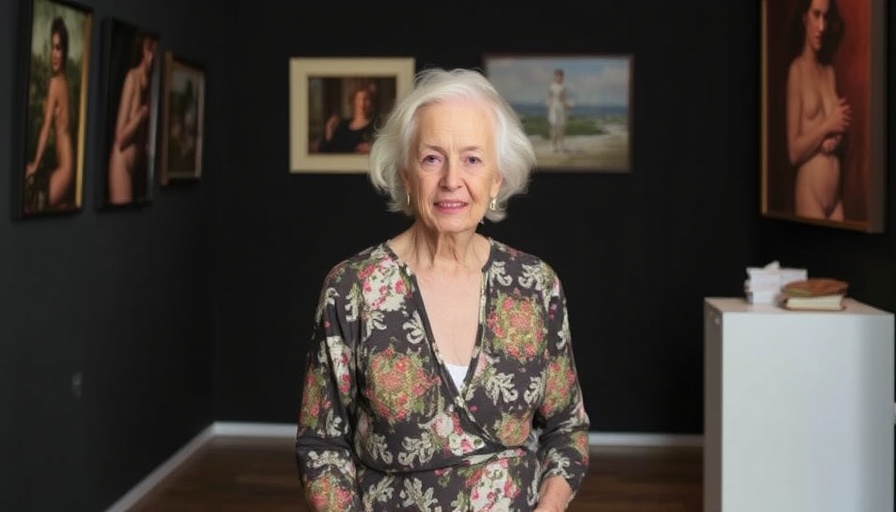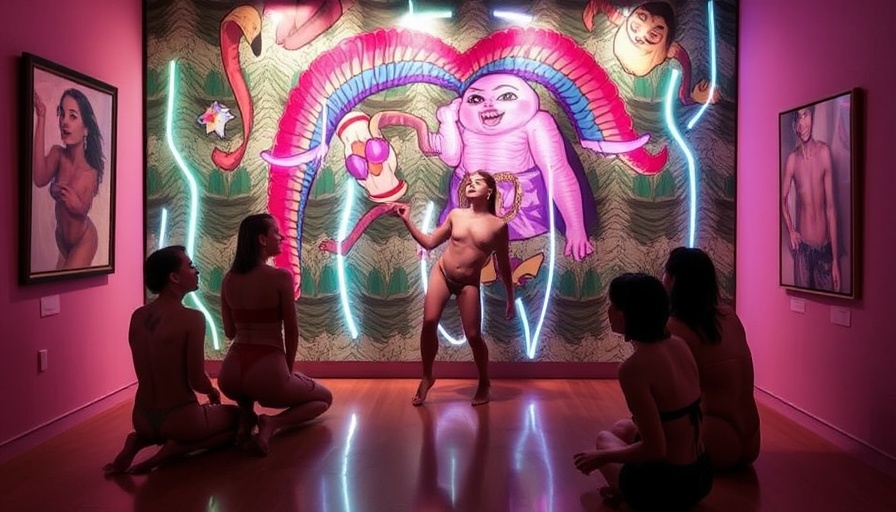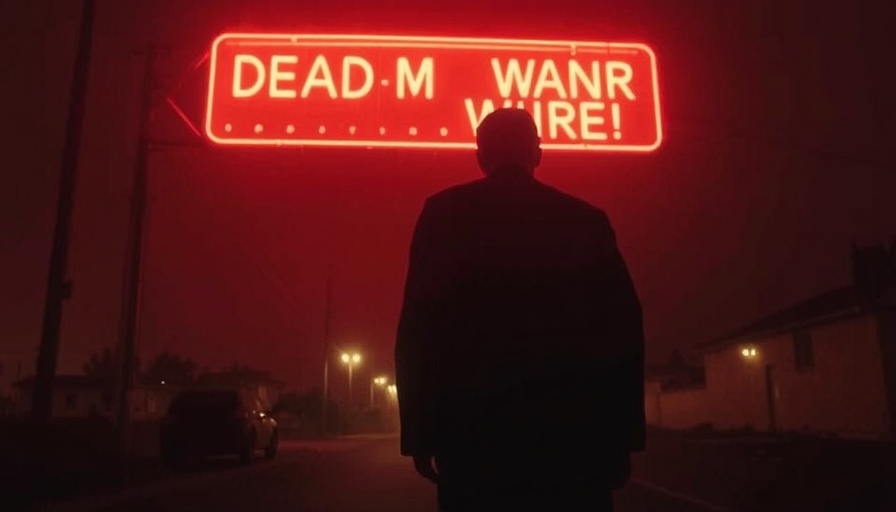
Exploring Sensuality Through Art: Martha Edelheit's Innovative Exhibition
As 93-year-old artist and curator Martha Edelheit unveils her first curatorial endeavor, 'Erotic City,' at the Eric Firestone Gallery in New York, she invites us into a world where art intertwines with the erotic. This exhibition, featuring over 60 pieces from various talented artists, emphasizes the diversity and evolution of erotic art through time. Instead of confining eroticism to conventional definitions, Edelheit opens up a conversation about the broader expressions of sensuality in artistic forms.
Defining Erotic Art: A Flexible Concept
Erotic art encompasses a wide range of interpretations, from classical sculptures and paintings to contemporary works that evoke sensuality through abstract expressions. The blend of genres and styles in 'Erotic City' reflects this flexibility, encouraging viewers to engage with the pieces on multiple levels. For instance, while some works may provide explicit representations of sexuality, others invite contemplation of intimate emotions and connections, urging us not to restrict our appreciation for erotic expression to bodily forms alone.
Martha Edelheit: A Trailblazer in the Art World
Martha Edelheit’s journey is as colorful as the art she curates. Having spent decades as an artist herself, she ventured into curation rather unexpectedly after meeting art dealer Eric Firestone while living in Sweden. This transition at 93 underscores the notion that creativity has no expiration date and that the act of expression evolves throughout our lives. Her personal connection to erotic art dates back to discovering a Japanese pillow book in 1959, an experience that profoundly shifted her perception of what art could convey. In her words, "I was absolutely blown away by it. It’s still the standard of what really gorgeous erotic art is for me.”
The Temporal and Cultural Complexity of Erotic Art
One striking element of 'Erotic City' is its exploration of how perceptions of eroticism vary based on historical contexts. Each art piece within the exhibition, from Jane Kogan’s androgynous mermaid to Marilyn Minter’s evocative textural paintings, illustrates the dialogue between art and the societal attitudes towards sexuality during their respective eras. This diversity aligns with the portrayal of erotica as dynamic, reflecting changes in cultural sensitivities and artistic philosophies over decades.
Art as a Reflection of Human Experience
Edelheit’s exhibition serves more than just an aesthetic purpose; it acts as a mirror to human emotions and experiences. The works displayed invite viewers to contemplate their own connections to intimacy, attraction, and desire. By showcasing pieces that evoke different reactions - from joy to contemplation - the artist highlights art's ability to connect us deeply with our shared humanity. With such a diverse collection, the event serves not only to celebrate eroticism but also to broaden the conversation surrounding it, making it more inclusive and representative of various experiences.
Engagement and Conversation: The Role of Art Today
In our fast-paced digital age, engaging with art that resonates on a personal level becomes increasingly important. For digital nomads and travelers, exploring local exhibitions such as 'Erotic City' provides insights into the cultural fabric of the places they visit. Art creates a shared language that transcends barriers, allowing individuals to engage with differing perspectives on the human experience. Artists like Edelheit remind us that sensuality is a universal theme, connecting people from varied backgrounds through shared interpretations of beauty and desire.
The Impact of 'Erotic City' on Future Generations
As Edelheit breaks new ground with her curatorial debut, her hope is to inspire future generations of artists and curators to explore themes of eroticism fearlessly. By emphasizing that sex and sensuality are not confined to youth and can permeate all stages of life, she champions a more robust understanding of erotic art. This message is particularly resonant for young artists seeking to find their voice in a world that often shuns discussions about sexuality and intimacy in public forums.
In conclusion, 'Erotic City' is more than just an exhibition; it presents a vital conversation about art, sexuality, and human connection. As we explore such exhibitions, we open ourselves to a deeper understanding of diverse human experiences. So, if you’re in New York and have the chance, don’t miss the opportunity to experience this unique showcase of erotic art that spans decades and artistic expressions.
 Add Row
Add Row  Add
Add 




Write A Comment